The essence of hygge and characteristic features
If we consider hygge as a whole, then there is nothing complicated about it: hyggelig in Denmark is wrapping yourself in a blanket with a cup of hot chocolate, spending an evening with friends playing board games, watching an exciting movie with the whole family on a comfortable sofa. The interior style is the same - it is full of simple and understandable things that make life more pleasant. Hygge design features:
- Light shades. In the Scandinavian countries, the sun is a rare guest, so their interiors are filled with beige, white, pastel, muted hygge colors.
- Natural materials. Wood, fabric, wool - even finishing can make an apartment warmer. The same applies to the decor - cones collected in the forest or a beautiful driftwood are much better than a fashionable modern figurine or painting.
- Open fire. In private houses, a fireplace or stove is required, in the apartment, put a decorative fireplace or use candles.
- Abundance of light. In Denmark, curtains are often not used at all, allowing daylight to enter the apartment non-stop. In the evenings, the sun is replaced by multiple lamps and lamps, preferably with a warm glow.
- Nice textiles. There may not be a curtain, but blankets, pillows, rugs, tapestries and other fabric decor are required, and the more, the better.
Color spectrum
A hygge-style home is a tranquil haven where your soul rests. The palette is also selected for this task, therefore its basis is neutral calm shades.
Prevailing paints:
- white;
- grey;
- brown.
The last two can be of any degree of saturation: from gainsborough to graphite, from creamy beige to coffee.
As accents, also take calm pastel, dirty shades - dusty rose, pistachio, champagne, gray.
In the photo, a variant of a dark tint palette
When choosing a color, do not follow fashion trends, descriptions and the main colors of the year. The main thing is that you like this shade, and your eyes rest when you look at it.
Pictured is a bright living room in the hygge style
Finishing materials
Repairs in this style are usually light and monochromatic - the easiest option is to paint the walls and ceiling with white paint, and lay a natural flooring down.
If you need to add colors or patterns, use wallpaper with a neutral print, but not necessarily light ones. Dark blues, emeralds, grays, and other muted tones are fine too.
The Danish interior hygge is distinguished by a love of wood, and predominantly light woods. Deciduous varieties are most in demand - ash, maple, beech. Beams on the ceiling of a country house, decorative lining to the middle of the wall, floor can be wooden.
The second most popular material is stone. It can be replaced with brick or ceramic. In this case, it is better to choose not a glossy, but a pleasant rough finish.
In the photo there is a hall with a stove in a country house
Furniture
A hygge-style room cannot be called cluttered - the legislators of this style value space, simplicity and advocate reasonable consumption. Therefore, the furnishings include only the essentials.
Hygge furniture is more about functionality than beauty. It is enough to look at the assortment of the nearest IKEA store to understand the clear direction of the style. A sofa, for example, is most often of a simple shape and unremarkable color - you can decorate it with a blanket or soft pillows.
In the photo, a combination of a laconic sofa with an unusual table
In addition, not deliberately new and modern models are welcome, but old things with a history. Grandma's chest, antique sideboard, shabby chairs - any vintage adds a pleasant charm to the atmosphere.
The photo shows an example of a living room with two windows without curtains.
Curtains and textiles
The main thing you need to know about the hygge style in the interior is that there are no standards here. You just have to be comfortable! And for this, textiles are best suited:
- Curtains. Discard them altogether or hang light airy tulles, linen curtains that let in light and air.
- Pillows. Choose a set in the same style or put together an eclectic set - the choice is yours. They can be round, square, cylindrical, rectangular. Smooth and fluffy, solid and colorful.
- Plaids. Be sure to keep them where there are armchairs or sofas, because there is nothing more pleasant than lying down and covered with a soft blanket.
- Carpets. It should be pleasant not only to sit, but also to walk! For this reason, rugs are everywhere in the hygge: near the sofa, bed, work area in the kitchen, bath.
Accessories
The main decorative role in the cozy hygge style is, of course, played by textiles, but additional decorations also take place:
- beautiful dishes;
- baskets and textile bags;
- candlesticks;
- framed paintings and photographs;
- memorable souvenirs;
- indoor flowers;
- books, magazines.
In the photo, the implementation of an interior with a brick wall
Some decorative elements can be made with your own hands: for example, you can assemble a garland of acorns or put beautiful dried flowers in a vase.
Lighting
Hygge in interior design does not accept too bright, cold, industrial light. The backlighting here is rather chamber-like, with a lot of light sources:
- fancy chandeliers with paper shades hiding an incandescent lamp;
- floor lamps on wooden tripods, comfortably illuminating the corner of the room;
- hanging garlands with lots of cute bulbs;
- candles or their imitation is the most important component of the style.
We have already mentioned the importance of the temperature of light - the coldest temperature allowed is 4500K. It is slightly colder than the lunar glow. But it is better to choose warmer options - 2500-3500K.
In the photo there is a spacious room in white
Photos in the interior of the rooms
In fact, hygge is based on the Scandinavian style and has a lot in common with it, but it is still considered softer and more secluded.
Hygge style kitchen
Before embarking on the design of the kitchen space, one should turn to the philosophy of hygge. She says that one of the most enjoyable moments is cooking together and then eating dinner. Therefore, the space should be designed for the simultaneous work of several people at once.
The most important attribute is the table - it is at this table that you will spend family evenings with a cup of tea or coffee.
The oven is also important, because baking has a special place in the hearts of northerners.
Hygge style bedroom interior
The hygge style bedroom is characterized by three words: light, relaxing, natural.
The first is achieved due to open windows and artificial lighting, the second - due to a large comfortable bed, pillows and blankets, the third is based on linen or cotton bed linen, natural wood cabinets or slab tables.
In the photo there is a bedroom with a large window
Hygge in the interior of the living room
The main components of the hall are a fireplace or biofireplace, a soft sofa, and a coffee table. But do not forget about the functional purpose of the room: organize convenient storage using shelves, cabinets, wicker boxes and baskets. You can use the windowsill by placing several comfortable pillows on it.
Children's room design
Minimalism is also relevant for the room of a toddler or teenager - instead of many toys, for example, several of the most beloved and high-quality ones.
Children's room decoration options:
- canopy;
- live plants;
- drawings;
- fancy shelves;
- baskets with toys.
Bathroom design examples
To make the sanitary room a place of pleasure, arrange it according to these rules:
- tiles in muted cream, gray, pastel shades;
- laconic but modern plumbing;
- pleasant little things in the form of aroma candles and bombs;
- neat storage of towels, toothbrushes, tubes.
Hygge style balcony design
For several years now, designers have been trying to prove that a balcony can and should be cozy! Remove all the trash from it, lay a carpet, put beautiful pots with plants and organize a cozy corner with upholstered furniture.
Corridor and hallway interior
It's great when for the sake of comfort it is enough just to cross the threshold. But in the corridor, we must not forget about functionality: be sure to think over the content of outerwear, shoes, accessories.
Photo gallery
Hygge is not just an interior option. You will have to put your soul into creating an atmosphere, but the house will become a place of power and will charge you with energy, no matter what you do in it.

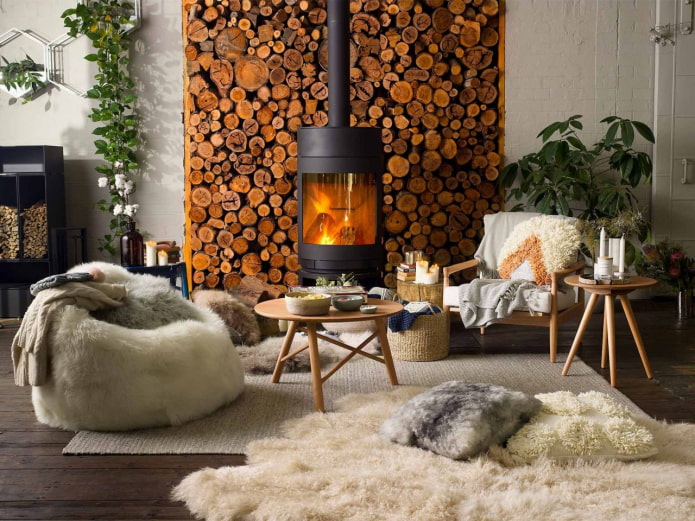
 10 practical tips for arranging a small kitchen in the country
10 practical tips for arranging a small kitchen in the country
 12 simple ideas for a small garden that will make it visually spacious
12 simple ideas for a small garden that will make it visually spacious
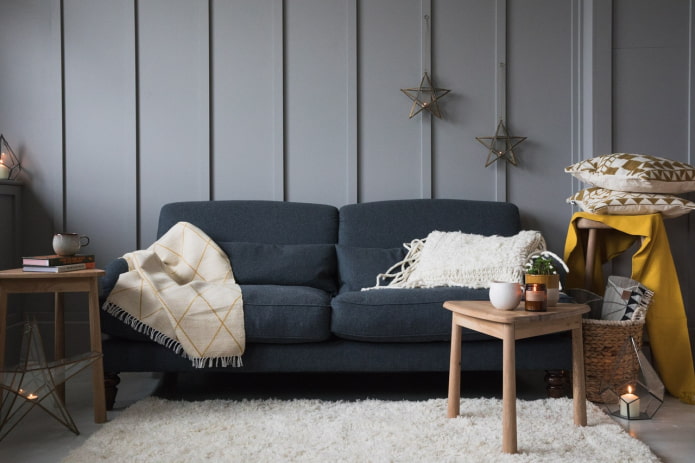

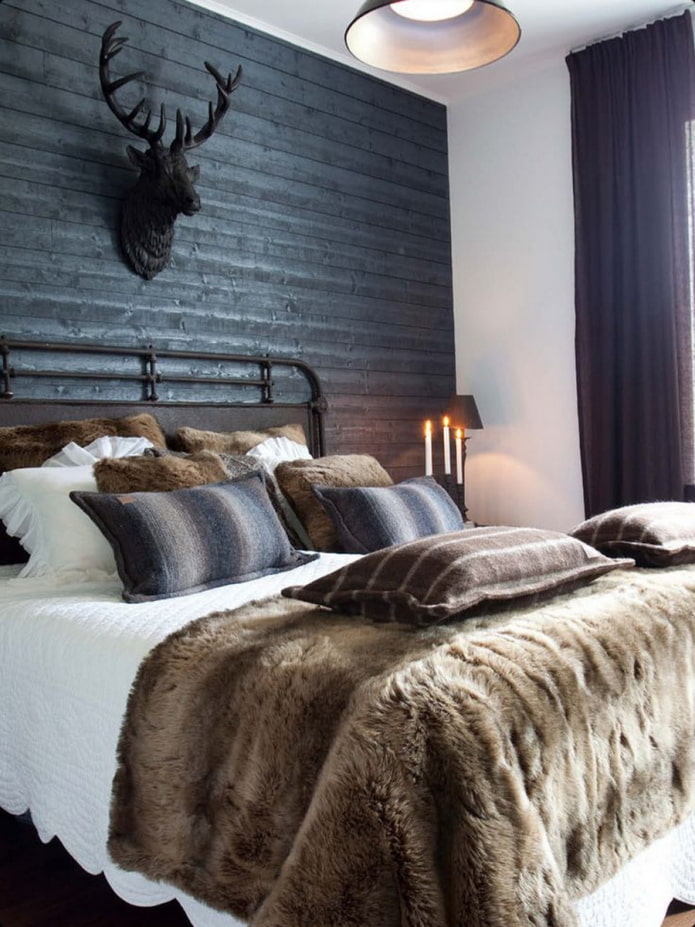

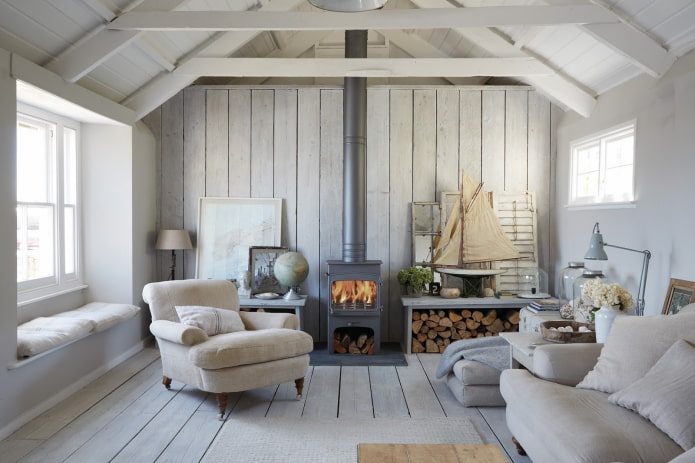
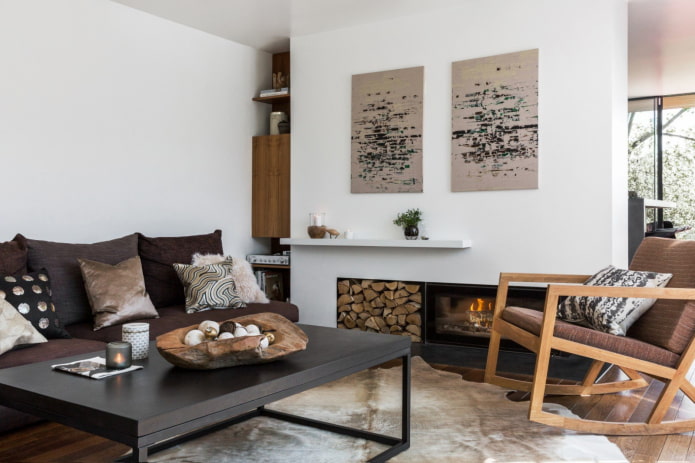
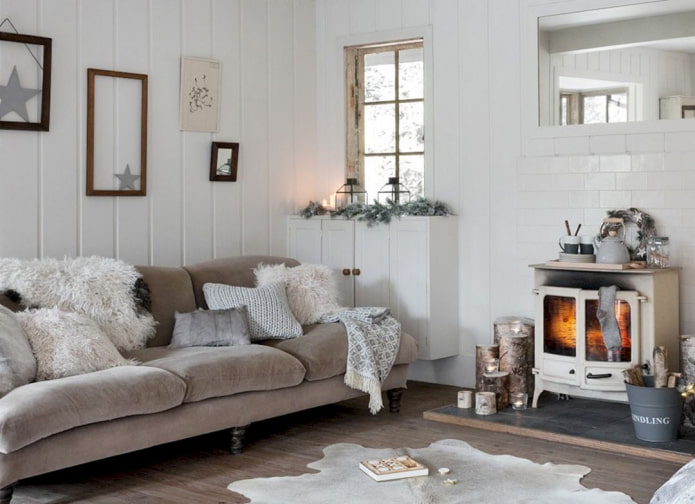

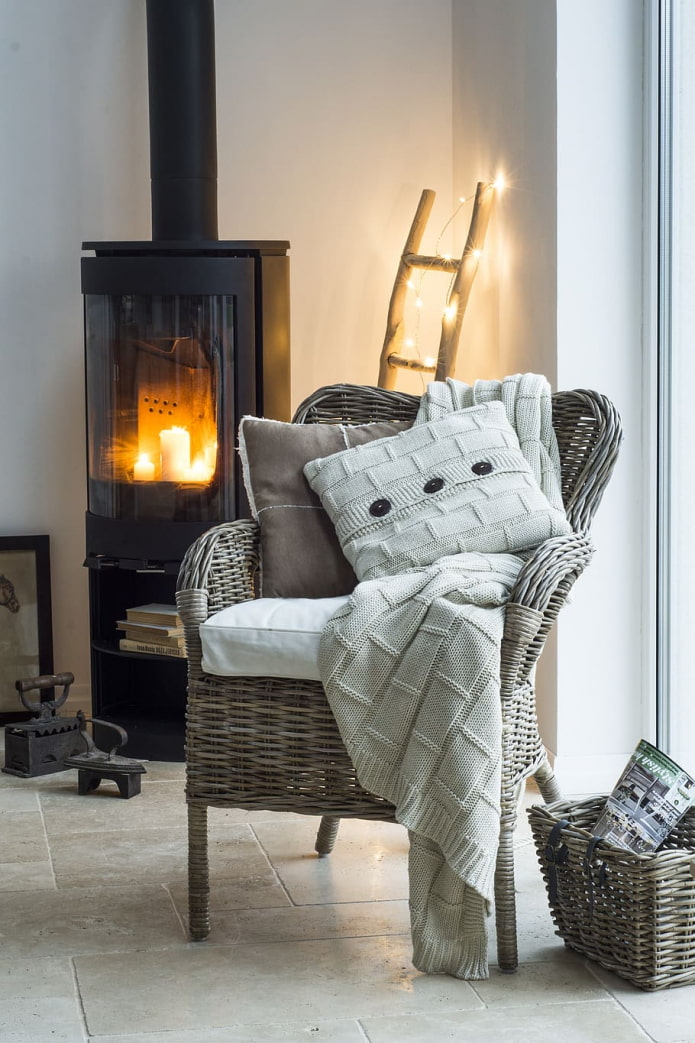
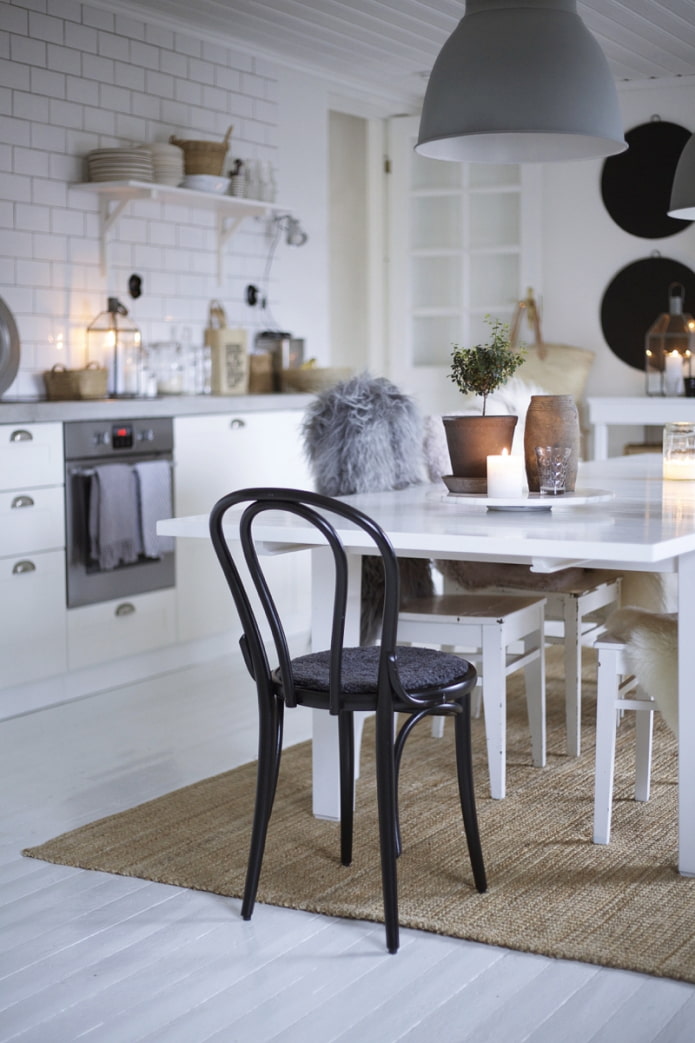
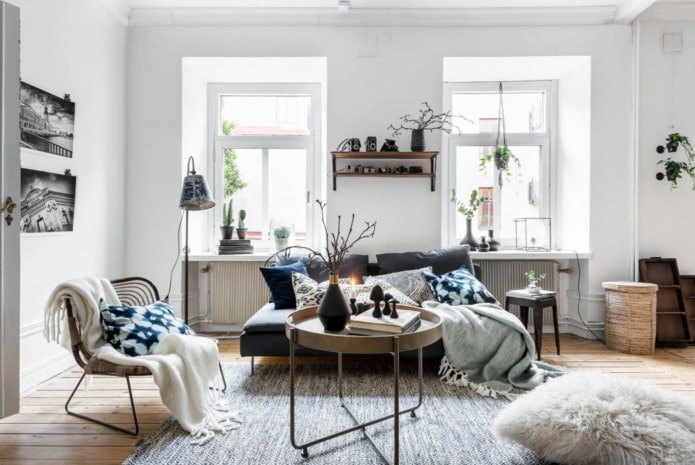


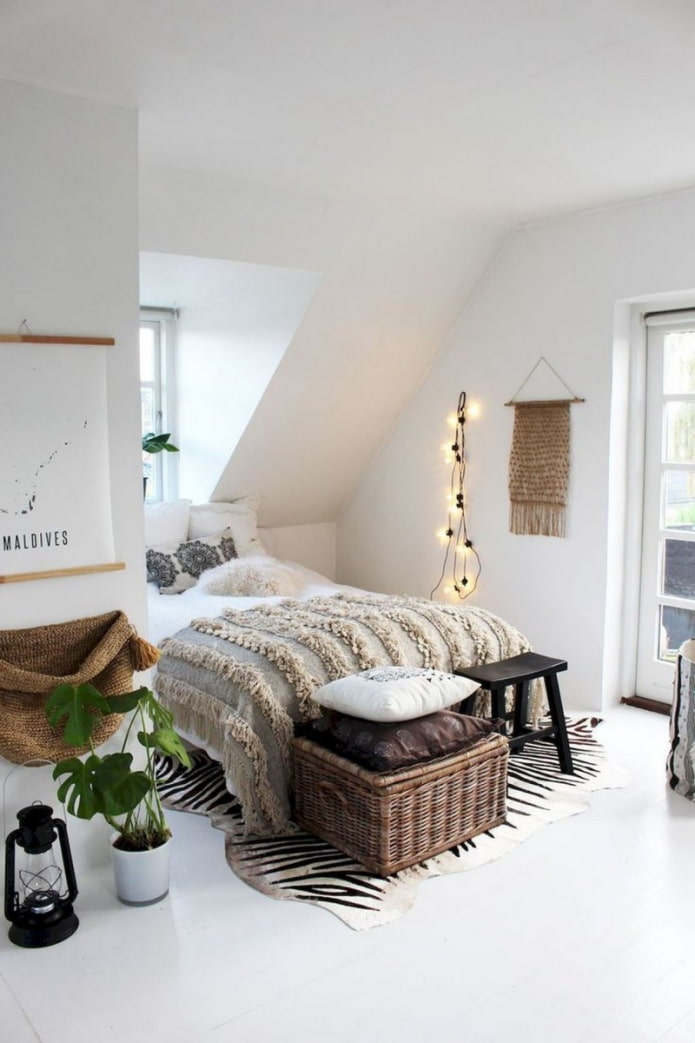
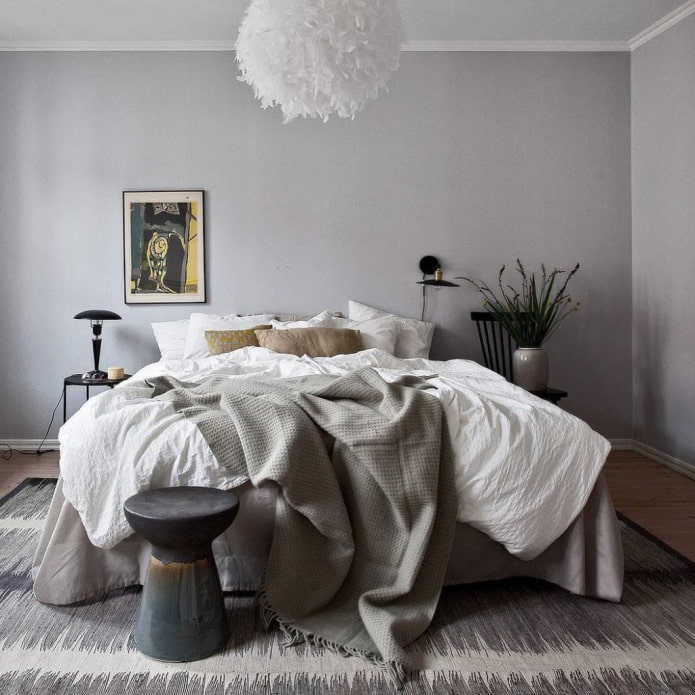
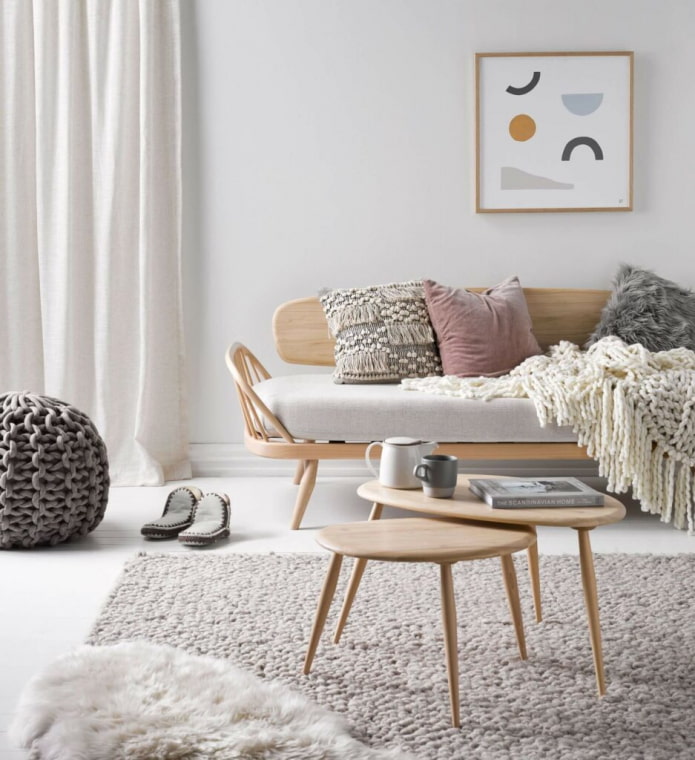
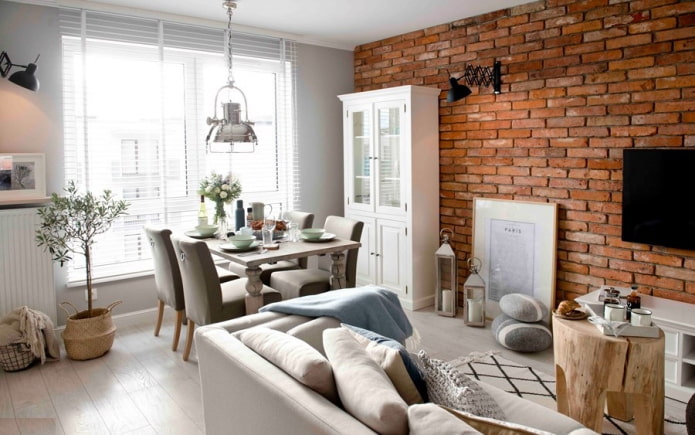
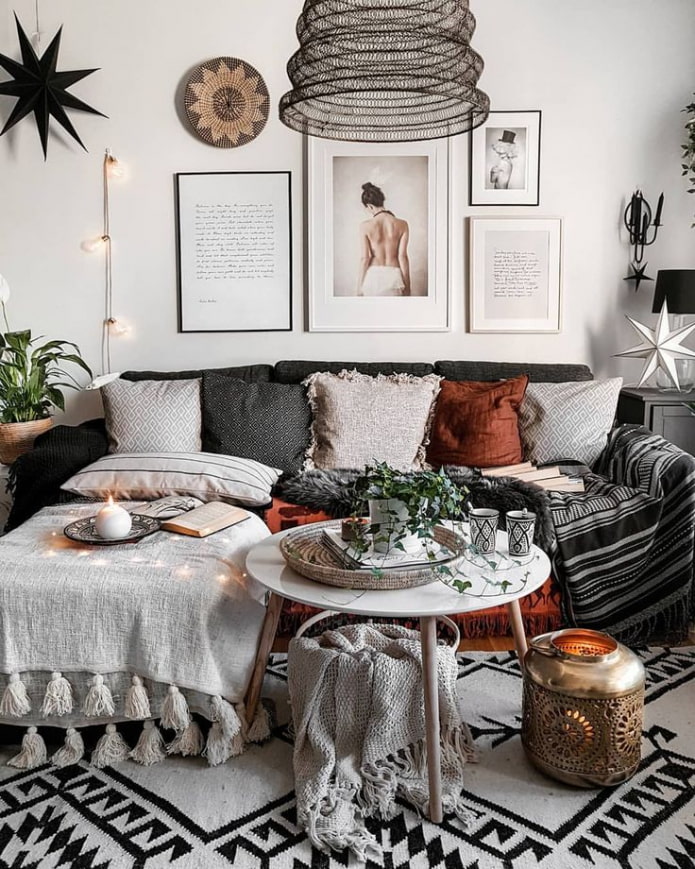
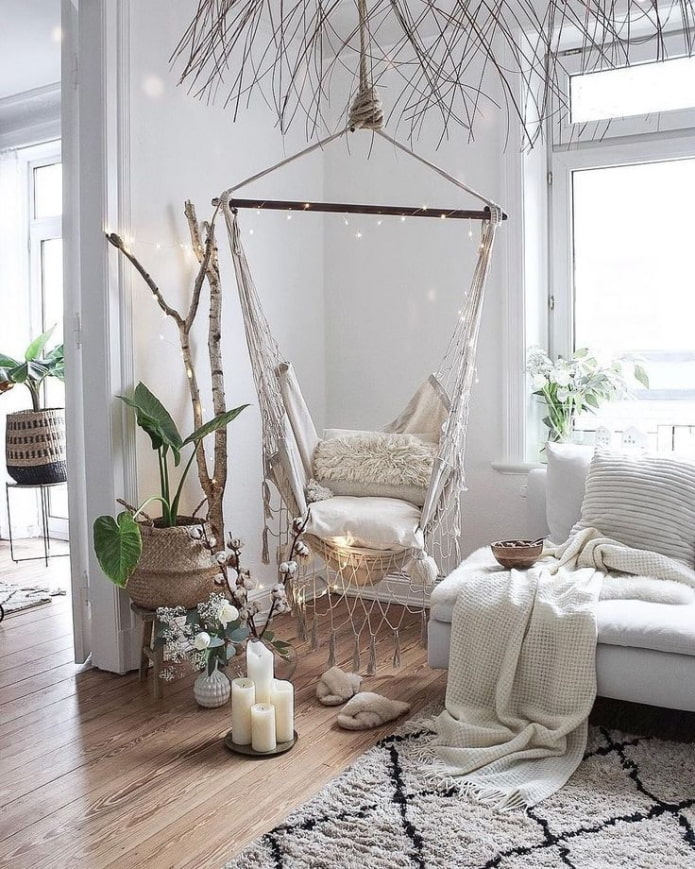

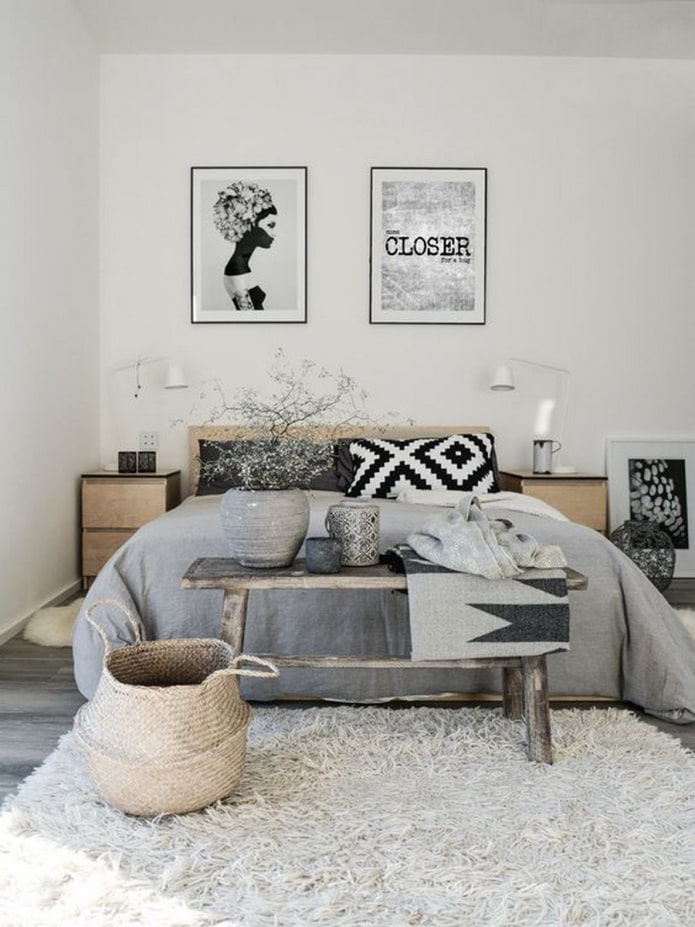
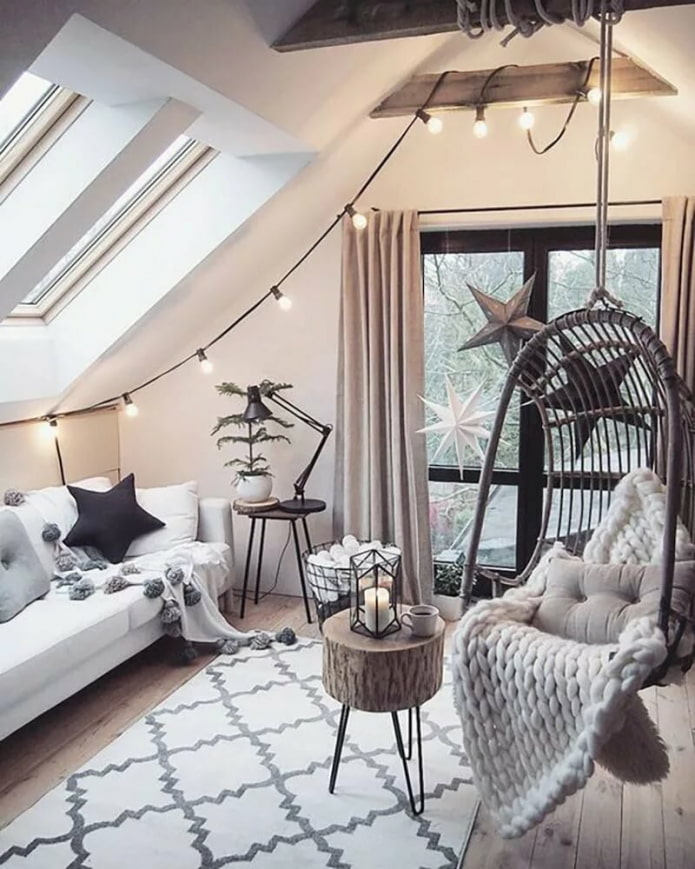
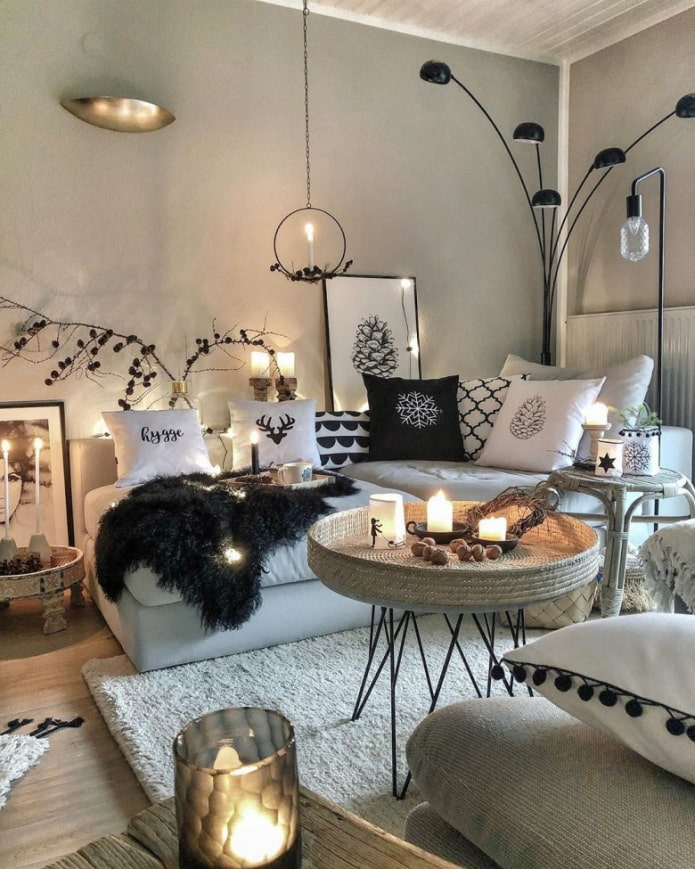
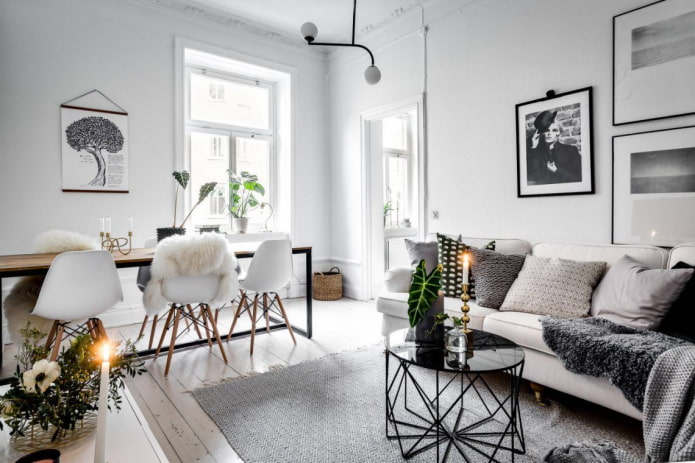
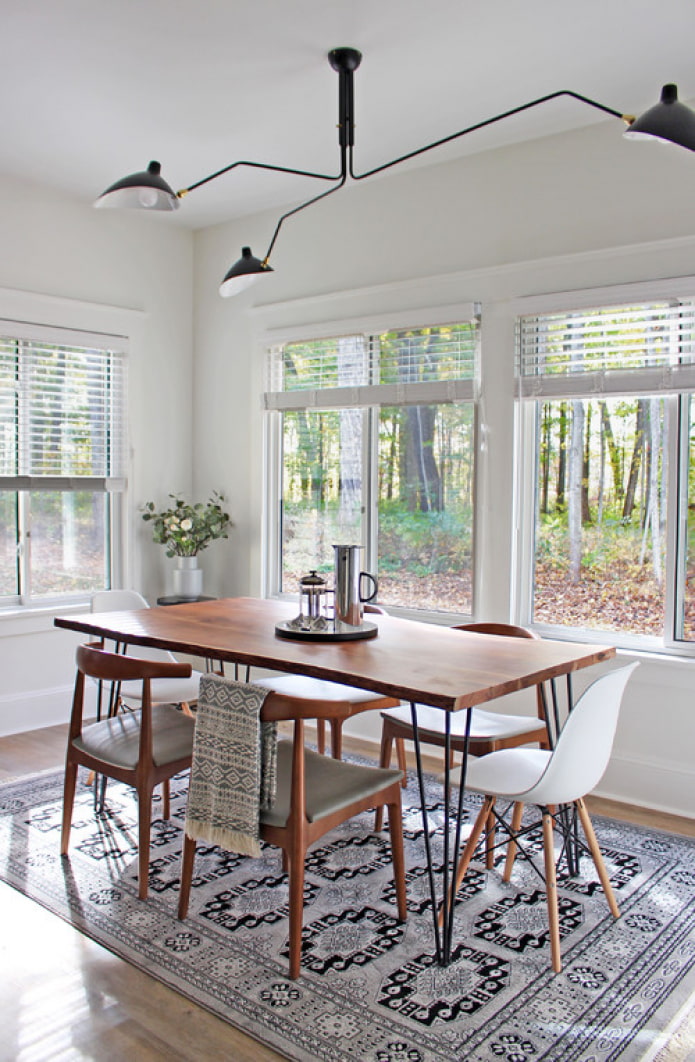
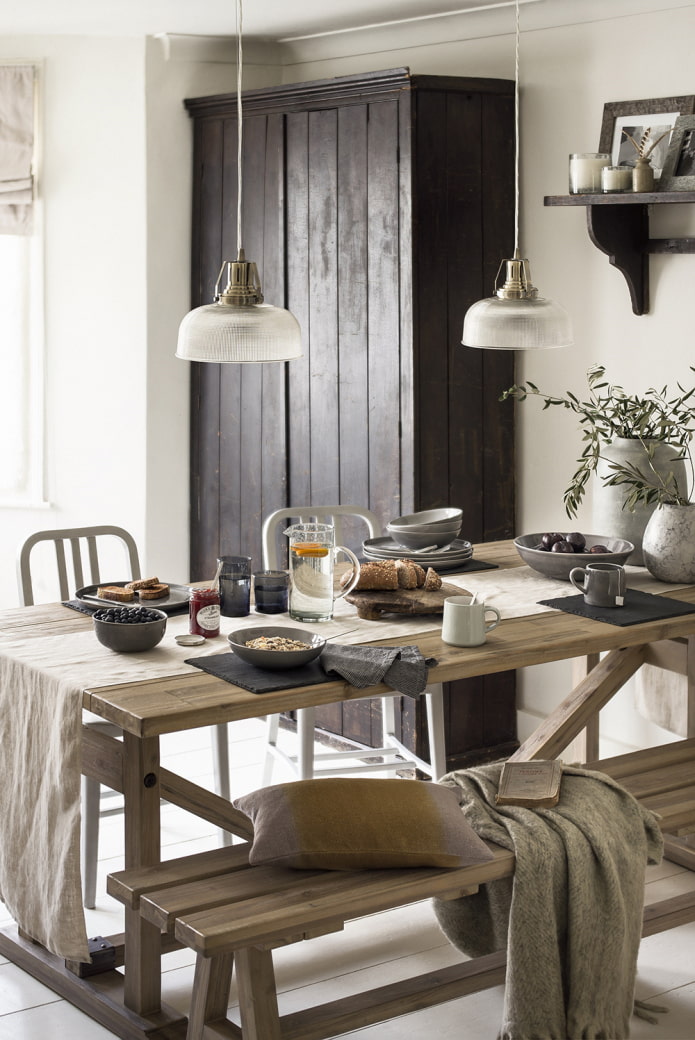
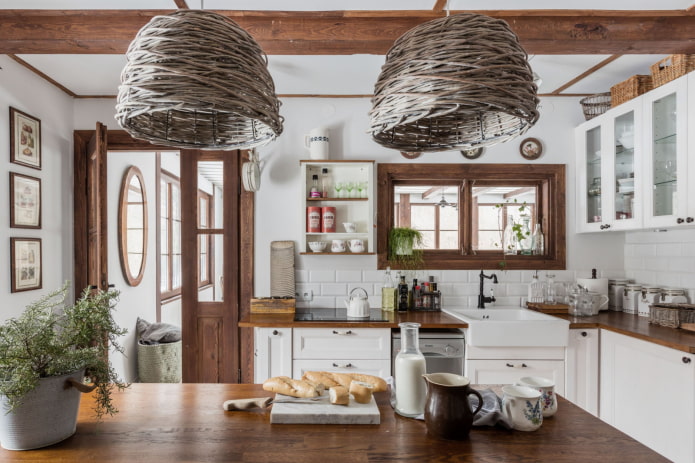

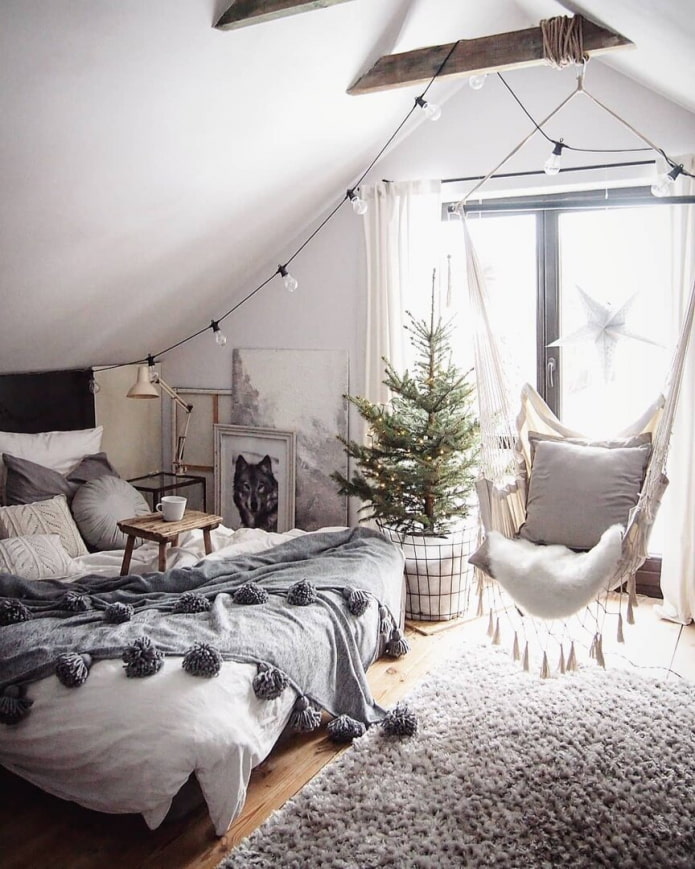
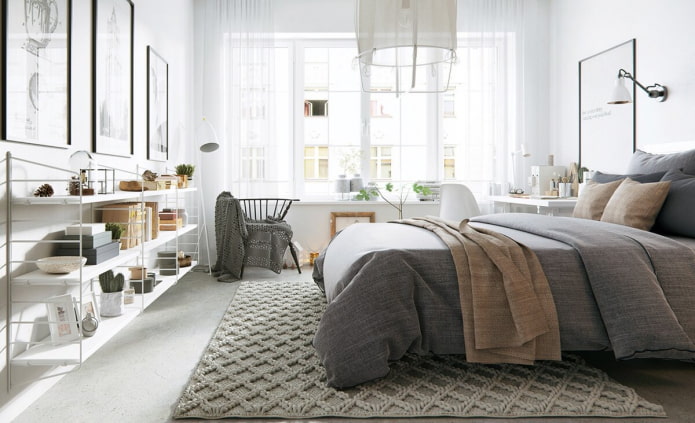
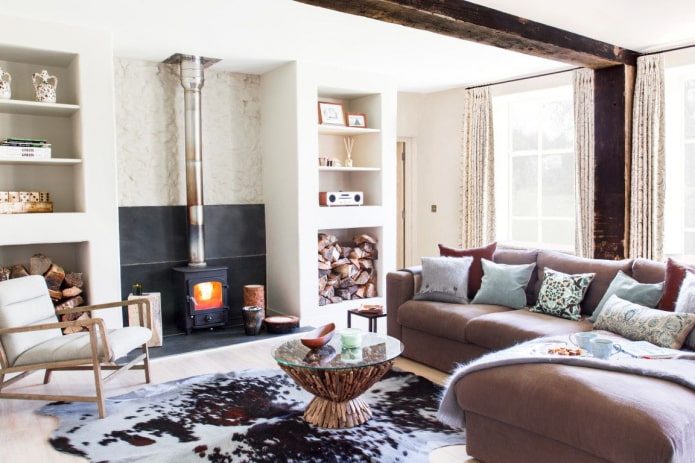
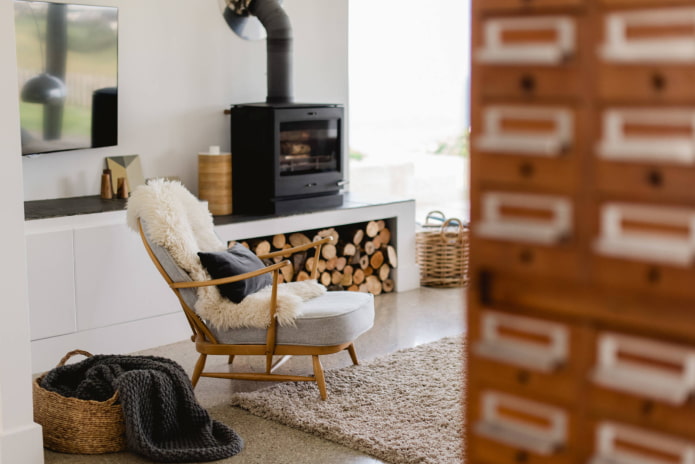
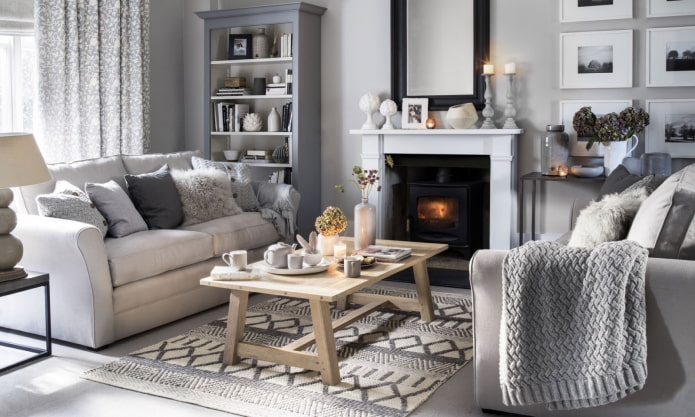
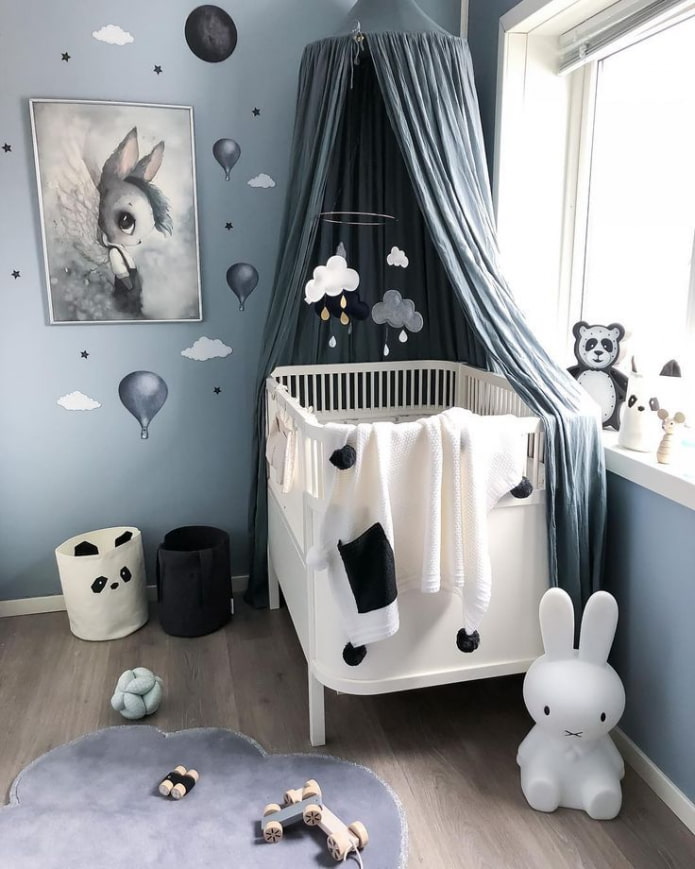
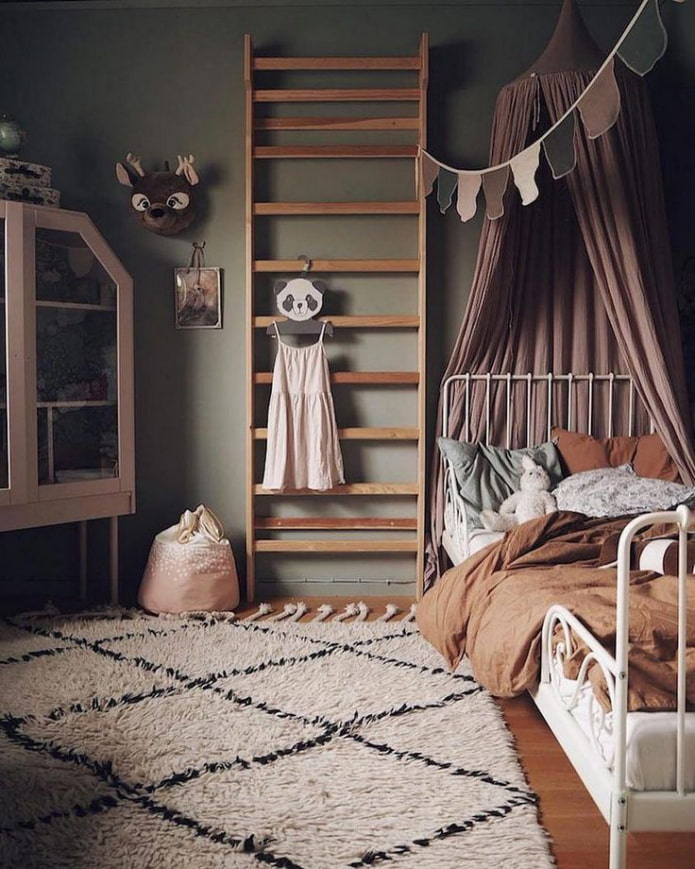
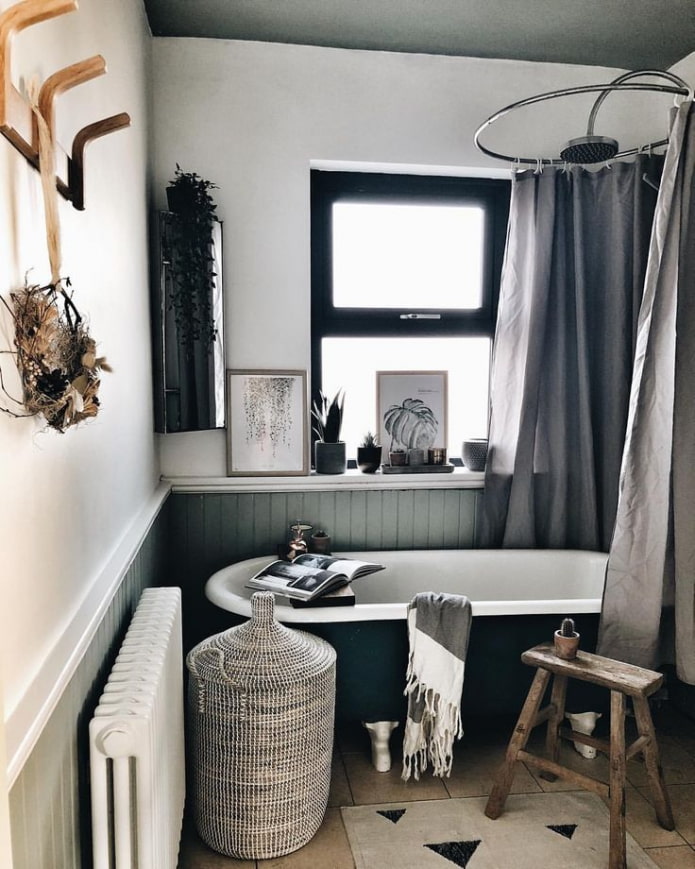
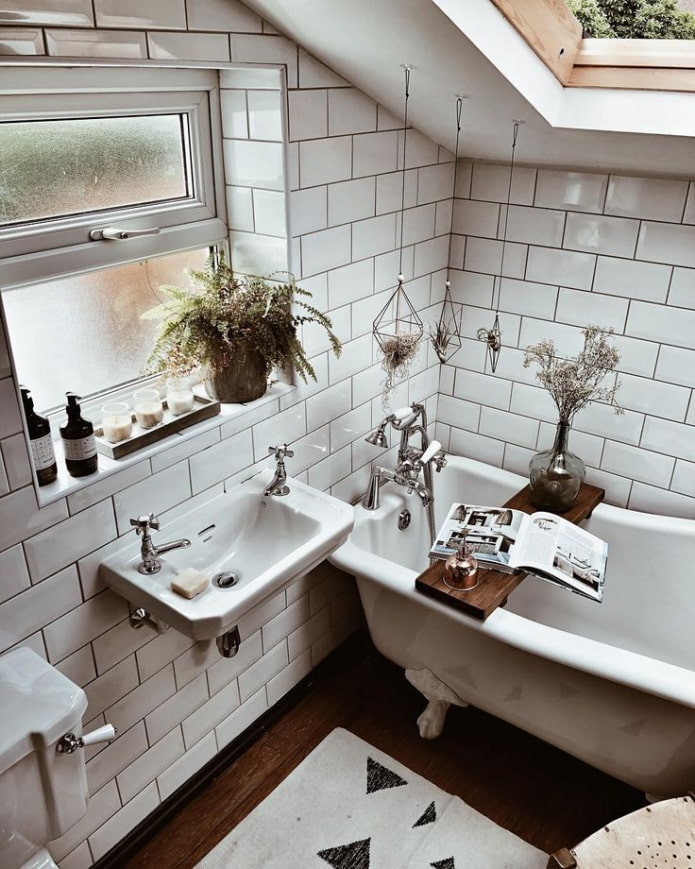
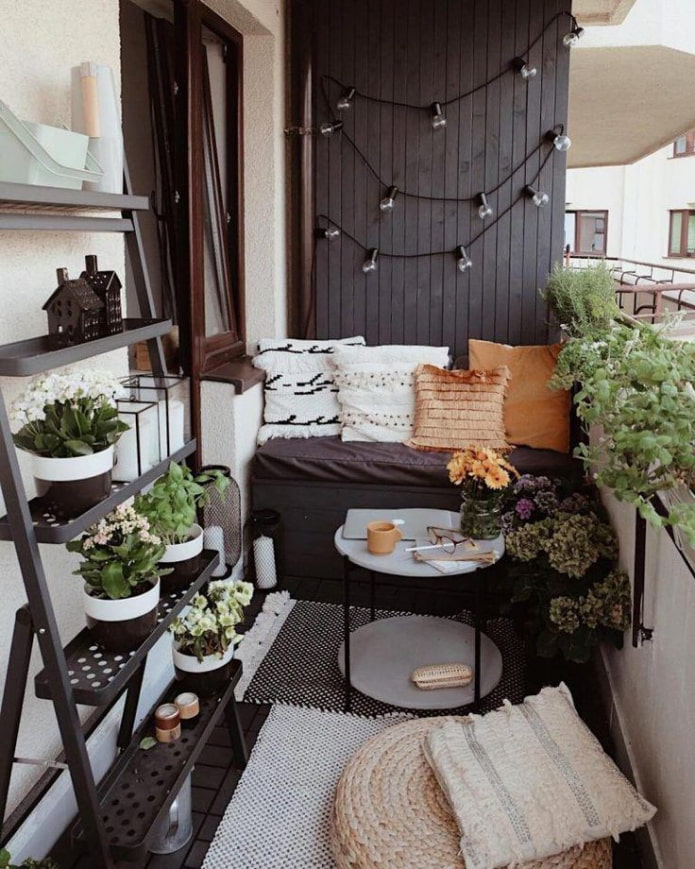

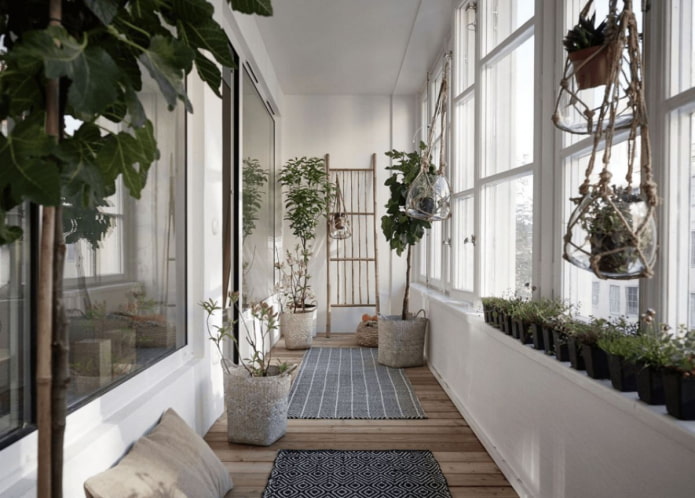
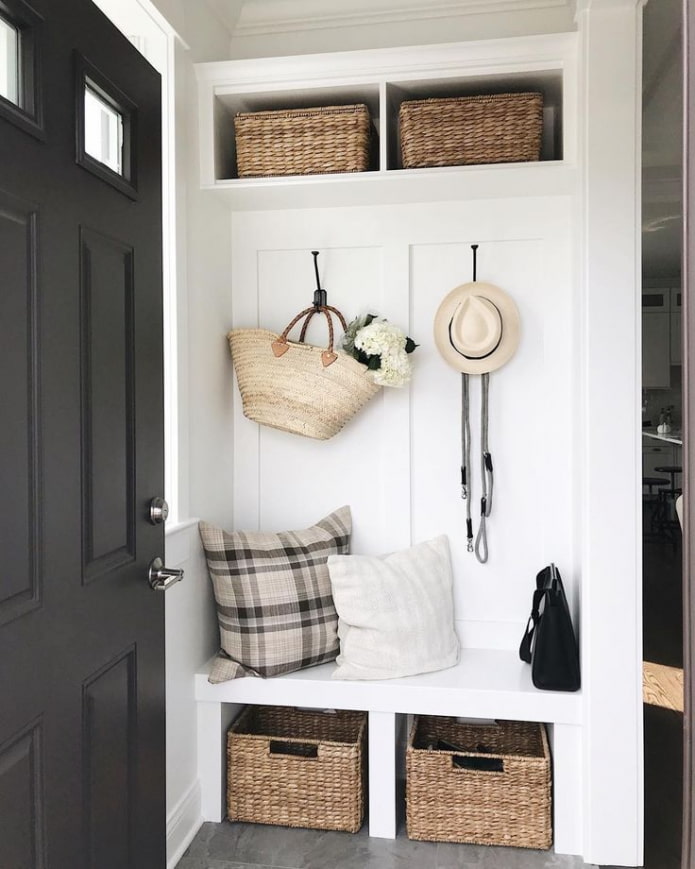
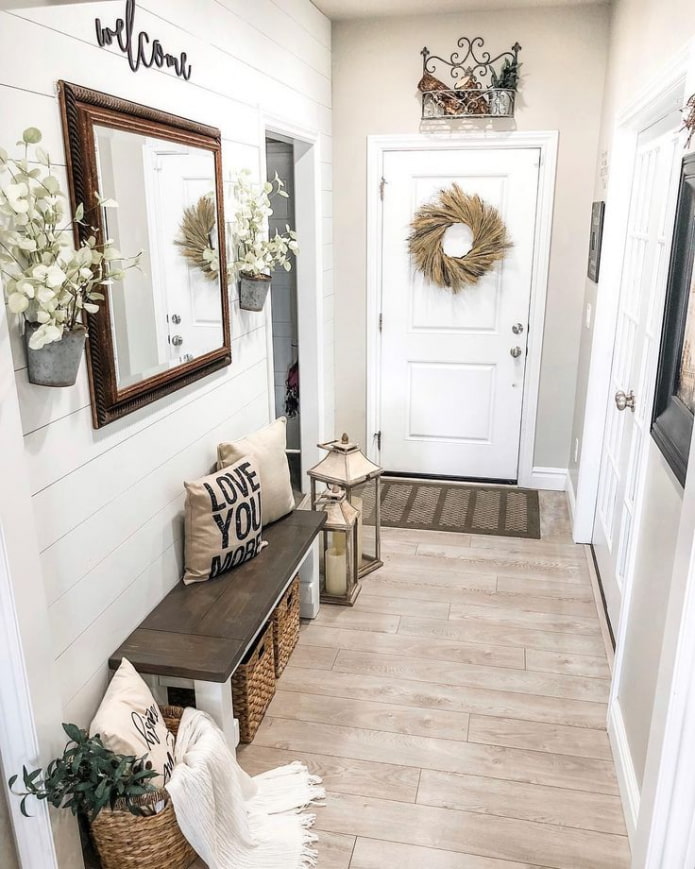

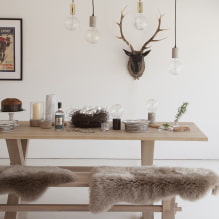

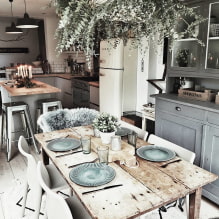
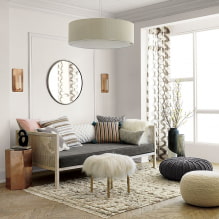
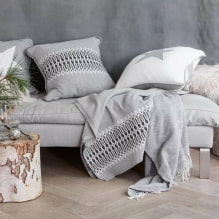
 13 bad habits a good housewife shouldn't have
13 bad habits a good housewife shouldn't have 24/7 home cleanliness - 4 secrets for the perfect housewife
24/7 home cleanliness - 4 secrets for the perfect housewife 6 hotels in Sochi that will give odds to the promoted foreign hotels
6 hotels in Sochi that will give odds to the promoted foreign hotels Top 10 interior design trends 2020
Top 10 interior design trends 2020 Rating of cheap TVs with Smart-TV
Rating of cheap TVs with Smart-TV New Year's LED garlands on AliExpress - we disassemble while it's hot, so that it's bright at home
New Year's LED garlands on AliExpress - we disassemble while it's hot, so that it's bright at home